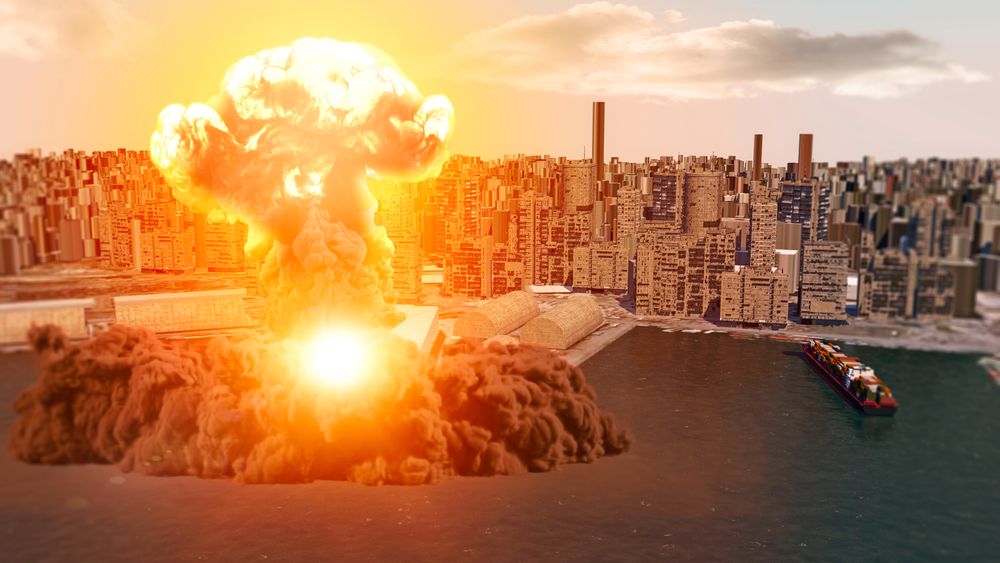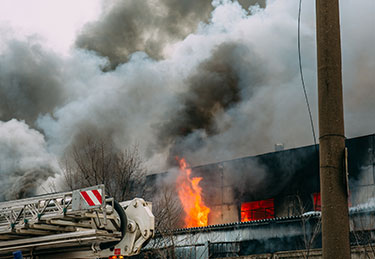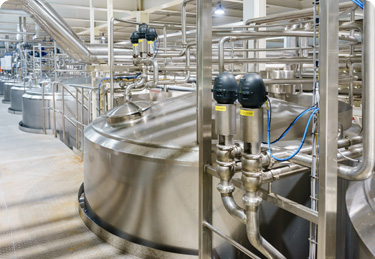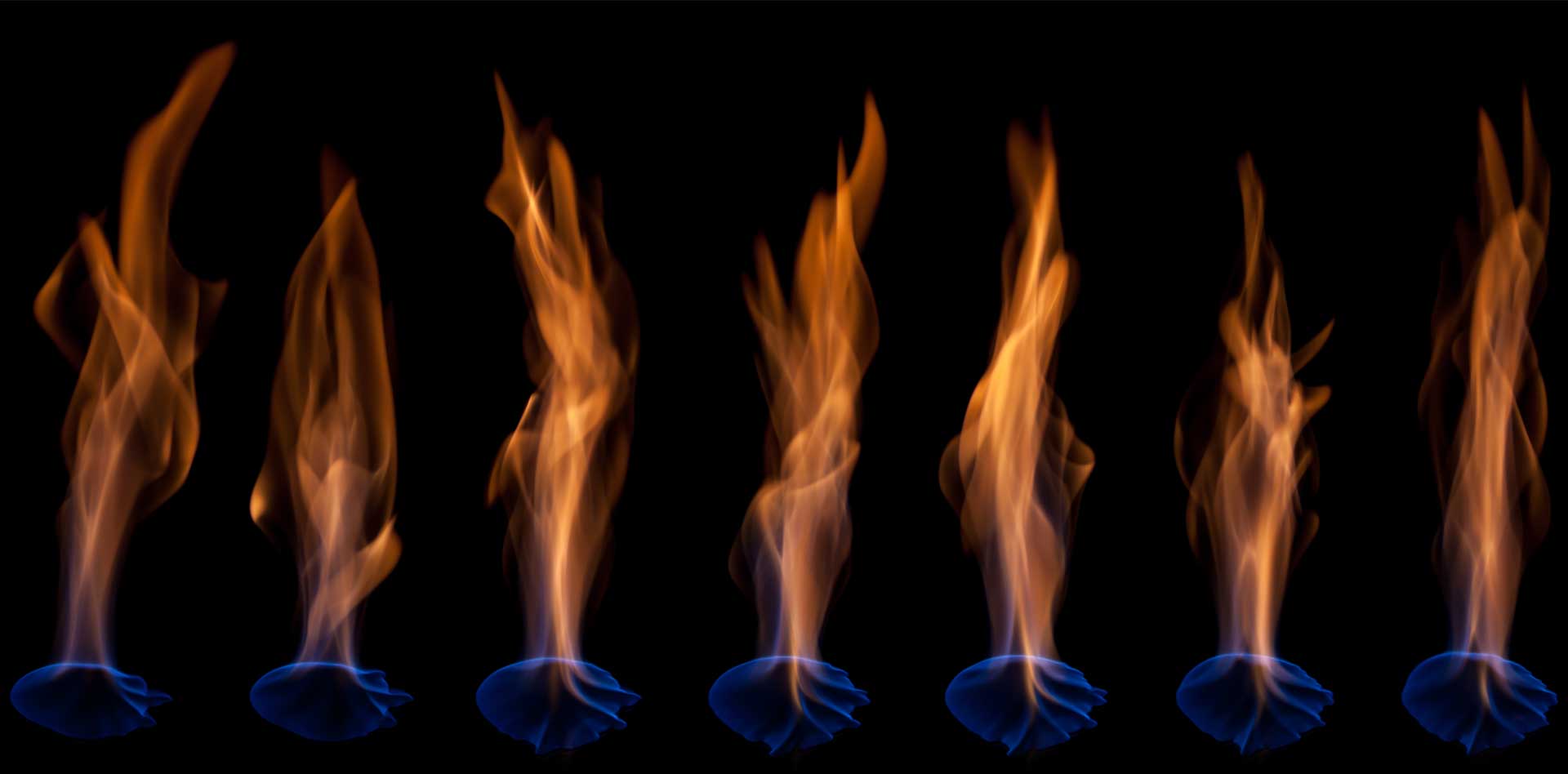Search
From Texas City to Beirut via Tianjin…

At Stonehouse we are sometimes brutally reminded why we work as process safety consultants. On August 4th, 2020, much of the heart of Beirut, Lebanon was destroyed. Shocked citizens the world over would see incredible images on their TV screens showing what can happen when industrial facilities fail catastrophically. Yet with all the expressed horror, surprised commentary, and questioning of what happened and who was to blame, few people took to the history books to discover the litany of information covering at least 34 explosions and fires involving ammonium nitrate. We take a quick look at just 3 of these and recommend a paper recently published in Process Safety Progress [ref 1] by one of our Stonehouse process safety specialists, Richard W Prugh.
As we say, ‘From Texas City to Beirut’ via France, Spain, Mexico, China and…..
Understanding Ammonium Nitrate
Ammonium nitrate is an interesting substance. It is quite stable at ambient temperatures, yet under certain circumstances it can thermally decompose explosively when heated.
As many readers of Stonehouse Process Safety Dispatch will recall, we have written a number of times about thermal decomposition. Normally we have discussed powder drying or heating leading to exothermic (heat generating) decomposition. In those cases, if the particular chemical reaction is sufficiently exothermic, a positive feedback loop is created producing thermal runaway and the possibly of fire and sometimes dust explosion if powder is dispersed.
Original Article
Historical Record of Ammonium Nitrate Disasters
Richard W. Prugh, PE, CSP
Stonehouse Process Safety, Inc.,
Lawrenceville, New Jersey
Abstract
The recent incident in Beirut, Lebanon, on August 4, 2020, has raised the awareness of the explosion hazards of ammonium nitrate [AN]. Although AN has been used for many years as an ingredient in explosives and also as a fertilizer, recognition of AN as a self-reactive material with the potential for detonation is not well-known to regulatory authorities. As a consequence, inadequate control of storage has led to massive and disastrous explosions, typically following fire in the storage structures or in nearby storage of combustible materials. The purpose of this historical summary of AN incidents is to highlight the explosion hazards and to provide some insight into the measures that are needed to prevent such incidents.
INTRODUCTION
But energetic materials are different. They will generally have a good oxygen/ fuel balance in their molecular composition and decompose without needing oxygen from the air to support combustion. Chemists express this in terms of oxygen balance [ref 2]; for explosives, that oxygen balance tends to be close to zero. In a decomposition with such a material, most of the fuel in a mixture or compound would be fully oxidized to carbon dioxide, water vapor, and other organic or metal oxides; this has the potential of thermal runaway so fast that detonation can take place.
The thing about ammonium nitrate, though, is that it has a positive oxygen balance and would not alone be predicted to detonate. But ammonium nitrate above its melting point can react severely and with strong exothermicity with organic materials it may encounter. It is this combination – ammonium nitrate and organic material – that can lead to detonation. Prugh quotes the following explosive-decomposition reaction as being likely [ref1]:
5NH4NO3 -> 3N2+N2O+2NO2+10H2O – equation 1
[Note for later in this article that nitrogen dioxide fumes, NO2, are a distinctive yellow-orange color]
All this chemistry is not academic rambling. As we have said, there have been many industrial explosions involving ammonium nitrate which first started with a fire, melting the substance, followed eventually by detonative reaction with an organic material.
Incidents:
In his paper, Prugh identifies some 34 reported explosions around the globe that have involved ammonium nitrate, beginning with 3 incidents in 1916 in New Jersey, Pennsylvania and in the United Kingdom. These left 122 workers dead in that year. Ammonium nitrate industrial explosions continued over the decades until the big one in Texas City; the deadliest industrial accident in US history…
SS Grandcamp – Texas City
On the morning of April 16th, 1947, a fire was noticed on board a French registered vessel, the SS Grandcamp, which was moored in the Port of Texas City. Various attempts had been made to bring the fire under control, culminating in the ship’s captain ordering his men to direct steam into the hold to smother the fire – with the idea of preserving the cargo and extinguishing fire. It didn’t work. The cargo hold and deck began to bulge as the pressure of the steam increased inside.
The fire and unusual color of the smoke attracted spectators along the shoreline. They believed they were at a safe distance. Observers saw the water around the docked ship boil from the heat of the fire, and water splashing the hull immediately vaporizing into steam.
Eventually the vessel contents detonated which resulted in destruction and damage to the port and surrounding areas. The explosion produced a 4.5 m high tidal wave that was detectable nearly 160 km from the port. Almost 1,000 buildings were destroyed including the nearby Monsanto chemical plant. It is estimated that there were about 600 fatalities including all but one of the 28-man Texas City Fire department.
From a science perspective we note that nitrogen dioxide fumes (see equation 1) are yellow-orange – to explain the color of the observed smoke. We also notice that attempts to smother and extinguish an ammonium nitrate fire with steam were really not likely to work. As we have explained, ammonium nitrate is an oxidizer and supports and accelerates the combustion of organic material; it does not need more oxygen to promote burning – and explosion.
For an interesting eye-witness account, you might want to try the military.com link to a video at reference 3.
Tianjin, China
On August 12th, 2015, there was a massive explosion centered on a hazardous goods warehouse in Tianjin’s harbor area. Various fires and explosions followed involving a number of chemicals, but ammonium nitrate was one of them. The incident is known to have killed over 160 people overall, including 110 emergency personnel and 55 residents from the locality. It also caused extensive damage to structures and goods at the port as well as damage to surrounding apartment blocks, and severe damage to a railway station. Nitrocellulose in this case was believed to have been the first chemical to ignite. Nitrocellulose is a mild detonating explosive used, amongst other things in rocket propulsion; it has an oxygen balance of -24.24%
Chinese investigators established [ref 4] the technical cause of the incident to be the spontaneous ignition of dry nitrocellulose stored in a container that overheated. It was found that wetting agents that are normally used to store nitrocellulose safely had essentially evaporated in the heat of the summer. Flames from that initial fire reached a nearby ammonium nitrate store, which then also exploded; the yellow-orange smoke was there again.
Investigators found that the operating company of the warehouse had incorrectly stored hazardous materials together (including sodium cyanide and potassium nitrate) and that its safety management procedures were poor. Varying degrees of blame were assigned to a total of 74 government officials from agencies at the municipal, provincial, and national levels.
Beirut, Lebanon
On August 4th, 2020, a major fire broke out in a Port of Beirut warehouse where 2,750 tonnes of ammonium nitrate had been impounded and stored in Hanger 12 for 6 years. It had been seized in 2014 from an abandoned ship. Investigations [ref 5] suggested that Hanger 12 also contained jugs of oil, kerosene, and hydrochloric acid, five miles of fuse on wooden spools and 15 tons of fireworks. The ammonium nitrate had reportedly been seen spilling from torn bags that were supposed to contain it.
At around 6pm, smoke was observed coming from a fire in Hangar 12. Smaller flashes and sprays of lights followed, presumably from the burning of the fireworks. Then there was a first explosion which is believed to have sent partially combusted ammonium nitrate into the evening sky. Soon after, the ammonium nitrate detonated in a brilliant flash of light producing a shock wave and a huge, rising, orange-and-black fireball.
The shock wave blew-out doors and windows, sucked furniture out of buildings, threw people into walls and turned shards of glass and wood into flying shrapnel.
The explosion damaged and destroyed buildings for miles around, more than 190 people lost their lives, 6,000 were injured and billions of dollars in damage were inflicted. About 100,000 people lived within a mile of the warehouse.
Concluding remarks
Ammonium nitrate is a commercially important product. It is a source of ammonia and nitrate ions essential to plants in the form of nitrogen fertilizer; And in explosives and propellants the nitrate ion is a source of oxygen with application as an oxidizer. Ammonium nitrate clearly has to be handled with due care and attention to its fire/ explosion/ oxidizing properties and it is the role of process safety specialists to ensure this happens – encouraged and supported, of course by those at the top in industry and government alike. In many ways it is surprising that there have been so many major disasters involving ammonium nitrate. It’s not as if we didn’t know the damage potential of such an oxidizer. But somehow the message has just not gotten through.
If you would like to discuss the work we at Stonehouse do to help companies understand and handle their major hazards risks, contact us on 609-455-0001 or here.
Ref 1: Proc Safety Prog. 2020;e12210: https://aiche.onlinelibrary.wiley.com/doi/10.1002/prs.12210
Ref 2: The oxygen balance is the amount of oxygen in weight percentage, which is liberated as a result of complete conversion of the energetic material into CO2, H2O, SO2, Al2O3 etc
Ref 3: see eye witness video:
Ref 4: https://cen.acs.org/articles/94/i7/Chinese-Investigators-Identify-Cause-Tianjin.html
Ref 5: https://www.nytimes.com/interactive/2020/09/09/world/middleeast/beirut-explosion.html

Get in touch
To learn more about our expertise and services in dust explosion prevention & mitigation, call us at +1 609 455 0001 or email us at [email protected] today.
We also offer tailored virtual and in-company process safety training programs on Dust Explosions, Static Electricity and HAC (Hazardous Area Classification) and more. Find further information here.










